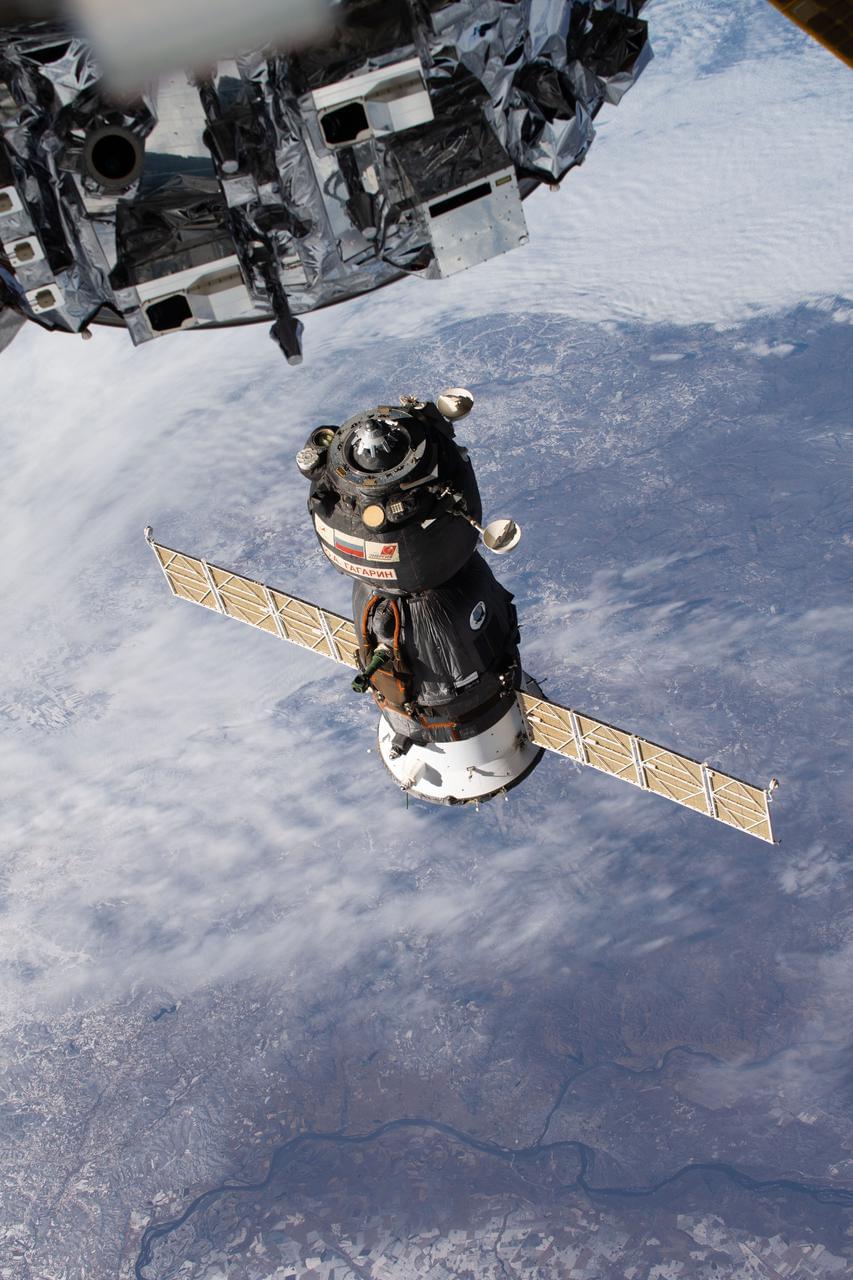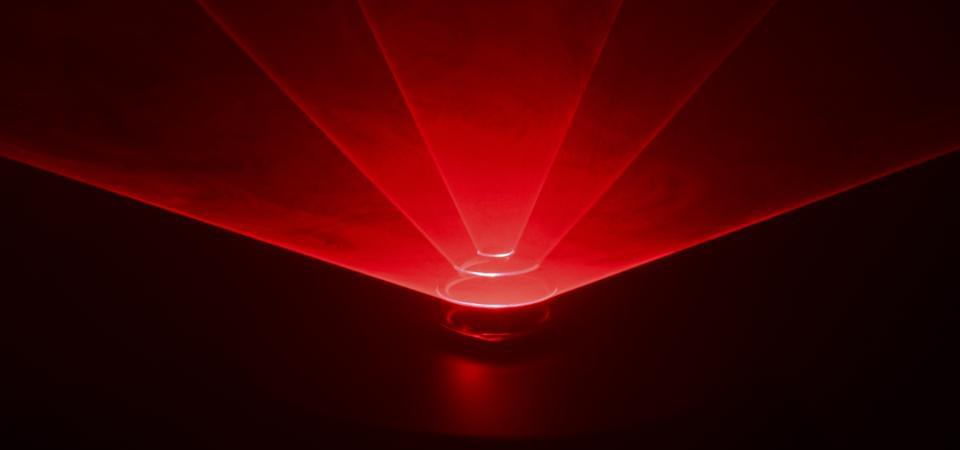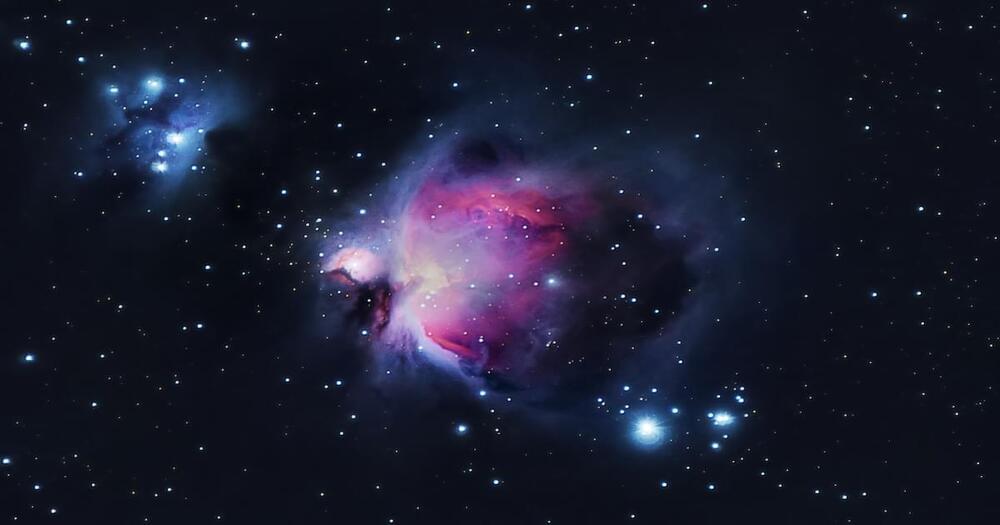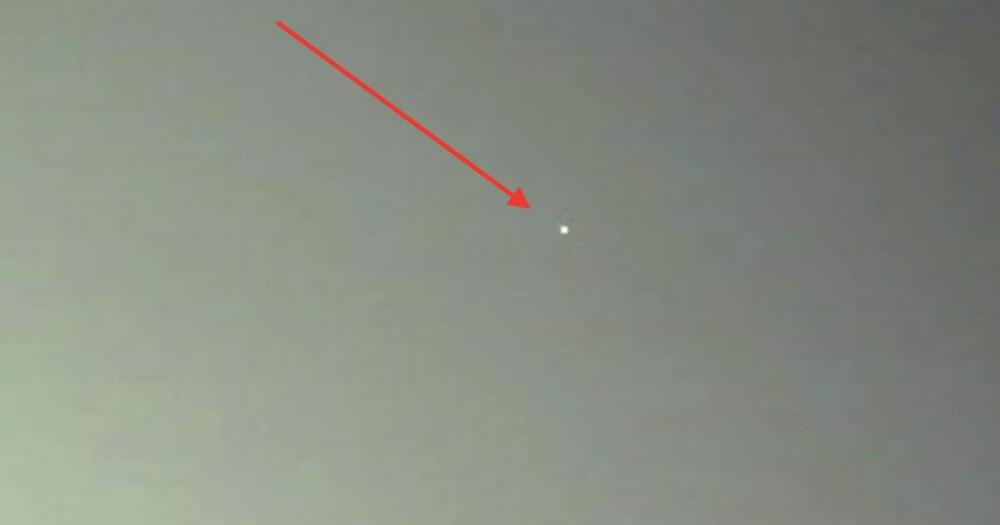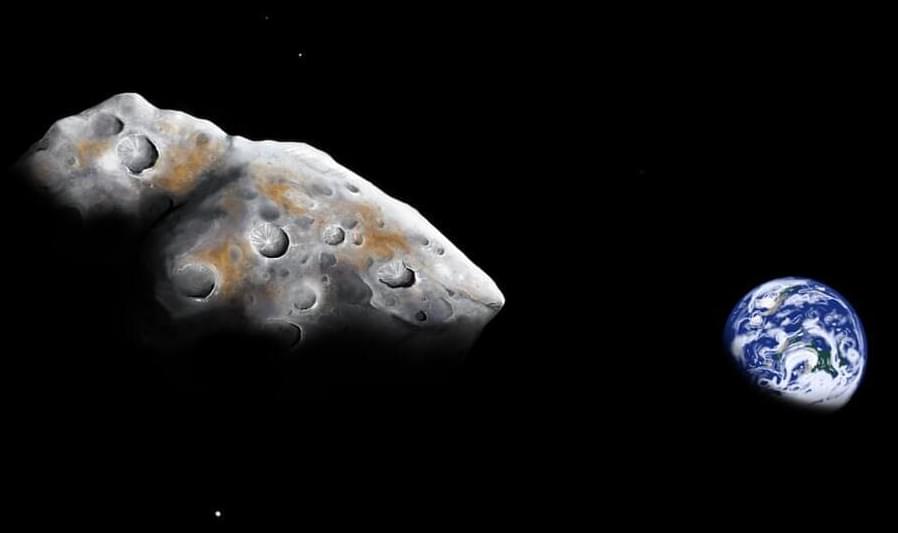The empirical fact of short winter days and long winter nights has been known essentially forever, and has driven enormous amounts of human activity including the construction of monuments like the passage tomb at Newgrange that I keep banging on about in previous posts about timekeeping. The correct explanation of the phenomenon has only been understood for around 400 years, dating back to Johannes Kepler’s description of the orbits of the planets.
The change in the relative length of days and nights is due to a combination of the motion of the Earth about the Sun, and the rotation of the Earth on its axis. Specifically, it happens because the Earth’s axis is tilted by about 23 degrees relative to the axis of its orbit. And because angular momentum is conserved, that axis stays pointing in the same direction through the whole orbit, in the same way that a gyroscope on a gimbal mount will remain pointed in the same direction in space as it’s moved around.
Full Story:
The bus that takes my 10-year-old to school picks him up at around 7:23 am, but he usually starts fidgeting loudly a good ten minutes before that, so he and I will go outside to wait. In recent weeks, between grumbles about particular classes or the recess monitor who won’t let him go outside in shorts and a T-shirt in 40-degree (F) weather, he’s been asking “Why is it so dark?” The answer, of course, is “astrophysics,” but with a side order of theology and politics.
This Tuesday, December 21, is the winter solstice in the Northern Hemisphere, meaning it’s the shortest day of the year. It’s not the earliest sunset (that was a couple of weeks ago) or the latest sunrise (that’s in early January), but it’s the day with the fewest hours between sunrise and sunset.
